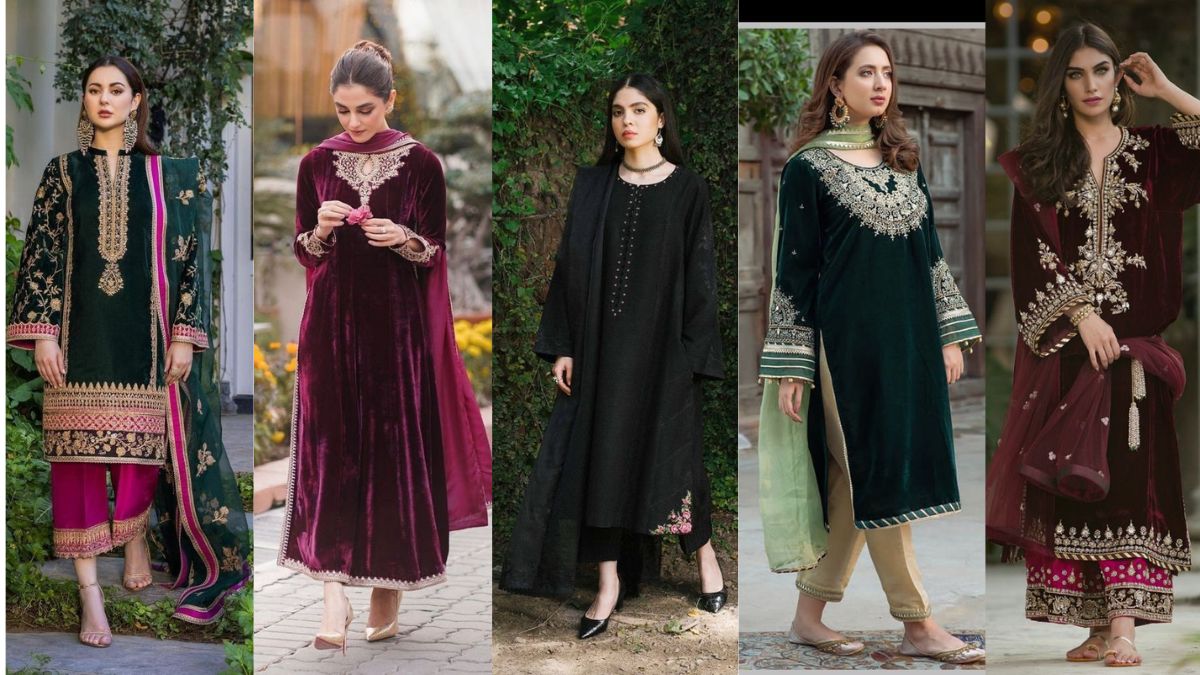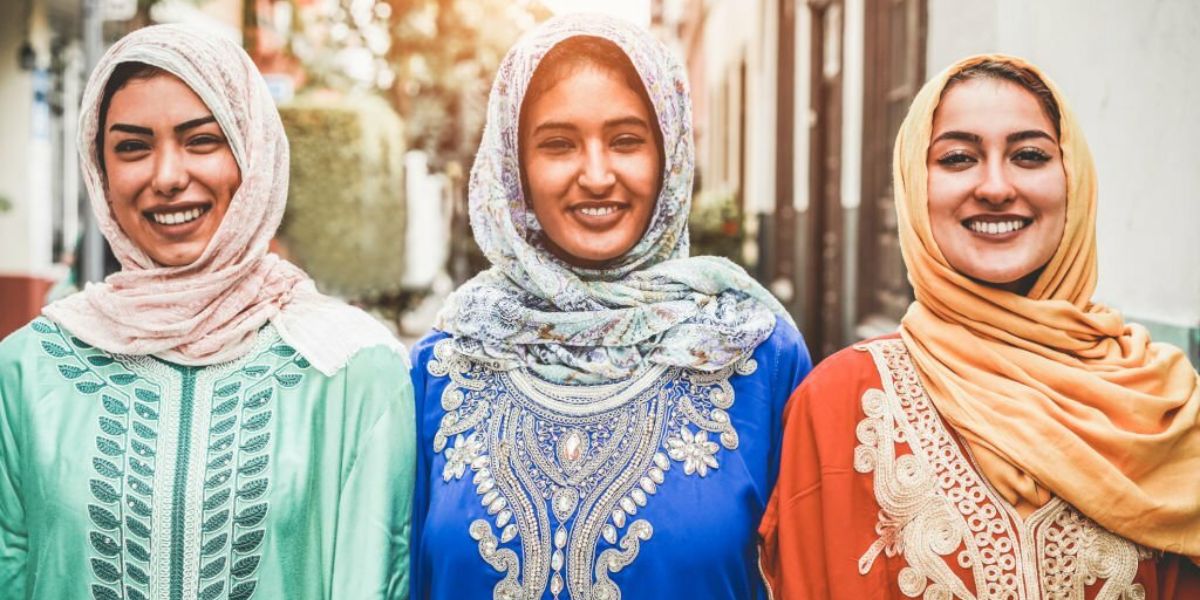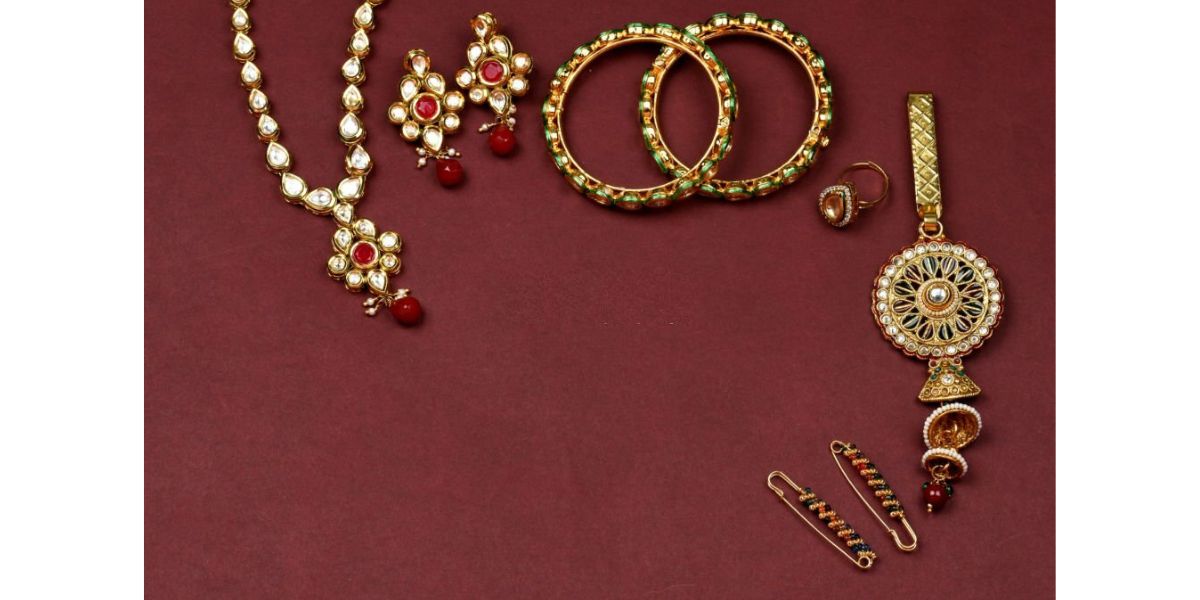Pakistan has a distinct spectrum of winter differences around the nation due to its diversified topography and environment. Pakistani women deal with various weather conditions during the winter, from the bitterly cold winds in the north to the gentler winters in the south. It becomes essential to strike a balance between comfort, style, and tradition when choosing winter clothing that keeps them warm and captures their cultural identity.
Brief overview of Pakistan’s winter season variations
Pakistan’s various geography and climate zones result in a variety of winter season differences. Three major regions may be distinguished in the country, each with unique winter characteristics:
Winters are severe and snowy in the northernmost parts of Pakistan, which include areas like Gilgit-Baltistan and Azad Jammu & Kashmir. Subzero temperatures are caused by the steep topography, and often heavy snowfall turns the surroundings into a winter wonderland.
The importance of balancing style, tradition, and comfort in winter clothing
When it comes to winter clothes, striking a balance between comfort, tradition, and style is essential since it not only makes an outfit look better overall but also represents a person’s cultural identity and guarantees practicality in a variety of weather situations. Beyond just choosing a look, it’s crucial to balance comfort, tradition, and style in winter attire. It is a comprehensive strategy that takes into account practicality, cultural identity, and individual expression.
Traditional Winter Wear
Shawls and Pashminas: Significance in Pakistani culture, different materials (wool, pashmina, cashmere), and styling tips
Shawls and pashminas are more than just ornaments in the colorful tapestry of Pakistani culture; they are woven into the fabric of custom. Frequently handed down as heirlooms down the centuries, these magnificent objects have great cultural value.
Wool: Due to their natural warmth, woolen shawls become the ideal wintertime companions. They represent the pinnacle of Pakistani craftsmanship and are frequently embellished with elaborate patterns and vivid hues.
Pashmina: Wool is derived from the Persian word “Pashm,” and Pashmina shawls are considered extremely luxurious.
Cashmere: Cashmere Asim Jofa shawls symbolize luxury, given their unmatched softness.
Winter Salwar Kameez: Materials suited for winter (velvet, khaddar, pashmina), and trendy designs
During the winter, the traditional Pakistani garment, the salwar kameez, takes on a new seasonal look that incorporates fashionable and warm materials.
Velvet: Known for its opulent texture, velvet gives winter salwar kameez a majestic feel.
Khaddar: Traditionally woven from hand-spun yarn, khaddar is a warm wintertime cloth.
Pashmina: Pashmina is woven into the fabric of winter salwar kameez, not just used as an accessory.
Embroidered Kurtis and Long Coats: Incorporation of traditional embroidery in modern winter wear
Long coats and embroidered Kurtis, which embrace the blending of heritage and modernity, have become emblematic of Pakistani winter fashion.
Modern silhouettes marry well with traditional embroidery, creating a beautiful mix of old and new in contemporary cuts. An updated take on traditional winter attire can be found in long coats with straight cuts or A-line kurtis.
Contemporary and Fusion Winter Apparel
Western Influences: Jackets, coats, and cardigans; how they’re being incorporated into Pakistani fashion
Pakistani women’s winter wardrobes increasingly feature Western influences as the country’s fashion develops. Stylish, adaptable, and modern, jackets are now a mainstay of Pakistani winter attire.
Fusion Clothing: Blending traditional Pakistani elements with western winter wear (e.g., embellished sweaters, printed leggings)
Fusion fashion, which combines Western winter wear with traditional Pakistani costumes, celebrates multiculturalism. This Sapphire section delves into the skill of merging these two realms to provide a cohesive and unique look.
Embroidered Sweaters: Intricate embroidery, mirror work, and traditional Pakistani ornaments find a new home in contemporary sweaters.
Printed leggings: Printed leggings with colorful Pakistani motifs or ethnic designs are a lively blend of East and West that give winter fashion a distinctive edge.
Cultural Motifs on Western Silhouettes: Adding cultural motifs to Western silhouettes, such as traditional printed coats or bomber jackets embellished with Pakistani embroidery, makes a design statement that transcends national boundaries.
Layering Techniques: Combining traditional attire with modern layers for both style and warmth
To obtain comfort and style during the winter, Pakistani women have mastered the technique of layering, which involves fusing traditional clothing with contemporary pieces.
Long Cardigans over Kurtis: A lengthy, flowing cardigan over a classic Kurtis gives the ensemble warmth and a modern touch.
Anarkali dresses and leather jackets: A leather jacket and an Anarkali dress’s flowing form combine to create a dramatic contrast that combines the sophistication of traditional clothing with the edge of Western design.
Wearing Pashmina Shawls over Western Outfits: Pashmina shawls are not just for traditional attire.
Winter Accessories
Traditional Accessories: Jhumkas (earrings), bangles, and scarves with winter outfits
Accessories can greatly enhance winter clothing, and traditional accessories in Pakistani fashion provide a certain beauty to the ensemble. Jhumkas, or earrings, are a mainstay of Pakistani accessory Gul Ahmed.
Shawls are important, but scarves have a distinct function. Scarves are lightweight and multipurpose; they go well with Eastern and Western winter attire when draped differently. Scarves provide an array of styling possibilities, ranging from intricate stitching to striking designs.
Modern Accessories: Beanies, gloves, and boots; how to choose and where to find them in Pakistan
Modern items become indispensable for comfort and style as the winter chill sets in. A guide to selecting and locating these accessories in Pakistan can be found here.
Beanies: A cozy beanie keeps the head toasty while giving winter ensembles a laid-back, stylish vibe. To enhance the overall effect, choose bright colors or neutral tones.
Gloves: For practicality and style, selecting the appropriate gloves is essential. Knit or woolen gloves enhance coziness, while leather gloves give a chic appearance.
Winter accessories can be found in big cities’ local markets, like Islamabad, Lahore, and Karachi. Furthermore, websites and shops specializing in winter clothing, like Askani Group provide a practical means of perusing and acquiring an extensive selection of contemporary accessories.
Fabric and Color Choices for Pakistani Winters
Fabrics: Understanding wool, velvet, khaddar, and others; which fabrics work best for varying winter intensities in Pakistan
The key to remaining warm and fashionable during Pakistan’s varied-intensity winters is selecting the appropriate textiles. Traditionally used for winter clothing, wool offers superior insulation. For the colder climates in Pakistan’s northern areas, woolen coats, sweaters, and shawls are perfect.
Color Palette: Winter colors in Pakistani fashion; how to mix traditional bright colors with muted winter tones
Rich and vivid colors characterize Pakistani winter fashion, and combining traditional hues with subdued tones results in a chic and well-balanced Arham Textile winter attire.
Traditional Bright Colors: Pakistani fashion is known for its vivid and striking hues; therefore, embrace them. Vibrant designs, blues, greens, and reds give winter ensembles a festive and cultural feel.
Muted Winter Tones: To achieve a refined winter look, choose muted tones like deep burgundy, olive green, and charcoal gray. These colors offer a soft background that goes well with conventionally vivid hues.
Where to Shop and Custom Tailoring
Shopping Destinations: Top markets and shops across major cities in Pakistan (e.g., Karachi, Lahore, Islamabad)
We at Askani Group with Companies are delighted to provide to you an amazing array of fashion lines from Pakistan’s top-tier leading brands, including casual, formal, and semi-formal clothing. The Askani Product also provides a wonderful selection of handmade beaded balochi dresses at incredibly low costs. We represent a family of premium-leading brands motivated by the desire to provide excellent design at an affordable price to everyone.
Care and Maintenance of Winter Wear
Winter clothing needs maintenance to last a long time.
Tips for maintaining the quality of wool, velvet, and other fabrics
As winter gives way to warmer months, storage must be done properly. Pakistan’s thriving markets and stores provide various choices for creating the ideal winter attire. Shopping venues in major cities like Karachi, Lahore, and Islamabad are diverse and range from posh boutiques to traditional bazaars.
Karachi
Situated in the center of Karachi, this market is a veritable gold mine of stores selling everything from contemporary winter clothing to traditional shawls.
Tehran
One of Lahore’s oldest markets, it is steeped in history. It is a refuge for those looking for traditional winter clothing, such as shawls and embroidered Kurtis.
Pakistan
Located in the heart of the capital city, Centaurus Mall is a hive of luxury and elegance. Various retailers, including traditional and contemporary ones, provide winter fashion.
Storing winter clothes during off-season
To keep winter clothing in top shape during the off-season, proper storage is essential.
- Clean Before Storing: To avoid discoloration and insect attraction, ensure all winter clothing is clean and stains-free before storing.
- Wear Garment Bags: Invest in garment bags to shield clothing from possible damage and dust.
- Cedar Accessories: Balls or blocks made of cedar naturally ward off moths. To prevent moth damage, store them in areas designated for storage.
Conclusion:
A woman’s wardrobe becomes an empty canvas where modernity and conventionality wonderfully combine in the mosaic of Pakistan’s varied winters. By guiding Pakistani women through the plethora of options, this book acts as a compass, assisting them in creating a sophisticated yet comfortable winter wardrobe that honors their distinct sense of fashion and cultural background. Finding the ideal balance where warmth and style meet most elegantly is crucial in fashion, whether one embraces traditional attire or dabbles in fusion designs.
Read our: top designer clothes designs In Pakistan
 HKD
HKD





 HKD
HKD